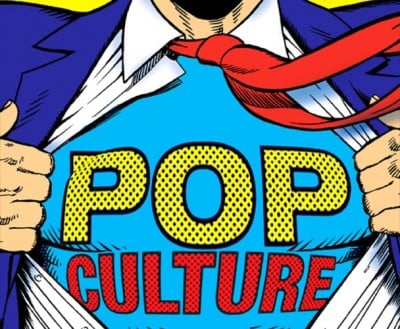
– by Walt Mueller
©2004, The Center for Parent/Youth Understanding
Pop Culture is Market Driven
The children and youth market is the most aggressively targeted market segment in the world. The reason? They have more disposable income and purchasing influence than any other age group. Consequently, marketers both use and shape the pop culture in an effort to influence the values, attitudes, and spending behaviors of our kids while developing lifetime brand loyalties. By using market research to better understand kids, marketers are then able to turn around and use what they’ve learned to connect with and influence those most vulnerable in our society.
Pop Culture is Fluid
In order to grab and maintain the attention of children and teens, pop culture must constantly reinvent itself. What is new, edgy and exciting today (styles, music, ideas, icons, etc.) will be obsolete tomorrow. Because kids are conditioned to look for and embrace whatever is fresh, the purveyors of pop stay busy examining their research in order to shape and develop the next big “thing.” As a result, pop culture is specific to place and time. While there is always some overlap, it’s necessary for those who study culture to look hard for and identify the specific nuances of the popular culture in their unique place and time.
Pop Culture is Pervasive
Wherever there are people, there will be popular culture. It is inescapable. Students cannot be sheltered from it. Even if they don’t engage the primary outlets themselves, they live and move in a peer society influenced by the pop culture. In today’s world, the advent of MTV and the Internet has facilitated the effective exportation of North American youth culture around the globe. While there are unique aspects from place to place, popular culture is everywhere and as a result, has facilitated the growth of a globalized youth culture. It has touched and shaped virtually all social institutions including the school, church, home, and community.
Pop Culture is Entertaining
Because it is market driven, pop culture must grab the attention of children and teens in order to survive and develop. It enters into their lives through a plethora of outlets, grabbing and holding their attention and allegiance by design. In the increased absence of stability and influence from the traditional institutions of home, church, and school, young people seek out pop culture to fill their time and, in some cases, help them forget their pain. Because it must be constantly developed and updated, pop culture’s “newness” increases its effectiveness to entertain.
Pop Culture is Unifying
In a world marked by relational breakdown, young people long for connections. Pop culture serves as a common thread that runs through the lives of children and teens, giving them a common experience, shared allegiances, and a place to belong. Pop culture binds children and teens together.
The Center for Parent/Youth Understanding grants permission for this article to be copied in its entirety, provided the copies are distributed free of charge and the copies indicate the source as the Center for Parent/Youth Understanding.
For more information on resources to help you understand today’s rapidly changing youth culture, contact the Center for Parent/Youth Understanding.